Use of Composite for Flashing of Building Facades
What Is Flashing in Façade Systems?
Use composite for Flashing facade
Flashing in façade systems is a protective architectural element designed to direct water away from joints, seams, and openings on a building’s exterior. It plays a critical role in preventing water infiltration, which can cause internal damage and reduce the structure’s durability. Installed around windows, doors, parapets, and roof edges, flashing ensures the façade remains weatherproof and long-lasting. Using high-quality materials like aluminum composite panels (ACP) for flashing enhances both performance and visual appeal in modern construction.
The use of composite for flashing is a tool that is often used to seal the facade of the building and hide the structure. To use the flashing on the gable roofs and windows and walls of large projects, this tool is usually placed on the last profile of the welded (or riveted) structure.
Flushing is usually done with 4 mm thick composite aluminum sheet with different shells.
However, in some cases, composite sheets with a shell thickness of less than 3 tenths of a millimeter or
other types of sheets such as P.V.D.F or NANO or special designs are also used to perform flashing. Economy Premium Bond sheets are the best and most suitable option for flashing windows and walls of large projects. In addition to strengthening and extending the life of the building, Flushing also helps to make the building more beautiful and prevents the building facade from getting dirty due to snow and rain.
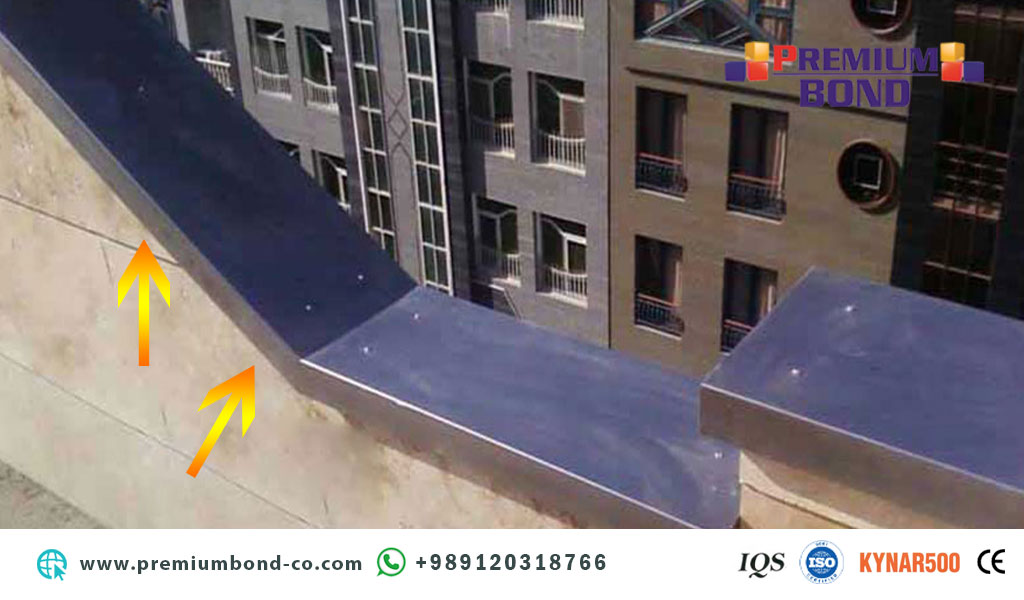
Technical Advantages of ACP Flashing
Aluminum Composite Panel (ACP) flashing offers superior technical performance in façade systems. Its lightweight structure, combined with high durability and excellent weather resistance, makes it ideal for protecting building joints against water infiltration and thermal expansion. ACP flashing is also corrosion-resistant, UV-stable, and easy to fabricate on-site, ensuring a precise and long-lasting installation. These features make ACP a highly efficient and modern solution for architectural flashing in both residential and commercial projects.
1- Hiding the roof truss
2 – Prevent wind winding in the structure, which may cause aluminum composite sheets to peel off.
3 – Create a beautiful view under the windows
4- Proper sealing of the facade wall

Why Use Composite Panels for Flashing?
When designing high-performance modern façades, designers are increasingly turning away from traditional sheet metal for detailing. The question is: Why choose Composite Panels (ACP) specifically for flashing applications?
The answer lies in balancing Aesthetics, Durability, and Constructability.
1. Seamless Visual Integration
The primary benefit is visual harmony. ACP flashing allows you to achieve perfect color and finish matching with the main façade panels. Unlike painted metals that fade differently, ACP ensures that the vital weather barrier elements (like window surrounds, parapet caps, or junction reveals) blend flawlessly into the overall architectural design, maintaining the intended aesthetic for decades.
2. Design Freedom Through Fabrication
ACP is inherently more flexible than solid metal. It can be precisely routed and folded to create sharp, crisp corners and complex transitions required at complex architectural intersections. This ease of fabrication translates directly into:
- Reduced installation time.
- Fewer visible seams or rivets.
- Ability to execute bold, modern design concepts.
3. Enhanced Durability Against Weather
While traditional flashing can rust, pit, or warp under severe temperature swings, high-quality ACP offers inherent resistance:
- Corrosion Proof: The aluminum skin and composite core resist moisture damage and chemical exposure common in urban environments.
- Dimensional Stability: ACP handles thermal expansion smoothly, preventing the stress that often leads to sealant failure—the most common cause of leaks.
In summary, using Composite Flashing transforms a purely functional necessity into an integral, long-lasting aesthetic feature, simplifying the installer’s job while delivering superior long-term building envelope performance.
Applications in Modern Architecture
The adaptability and aesthetic qualities of Composite Panel (ACP) flashing have cemented its role as a key component in high-end modern and contemporary architecture, moving beyond simple utilitarian sealing.
ACP flashing is now integral to achieving precise, clean transitions across diverse façade systems:
- Window and Door Perimeters (Window Reveals): Providing sharp, clean sightlines around glazing where traditional trim often looks bulky. The color-matched finish ensures the flashing supports the clean “ribbon window” aesthetic common in modern design.
- Parapet Capping and Coping: Forming durable, continuous caps atop roof edges and parapet walls, offering superior water shedding capabilities while maintaining the sharp geometric profiles demanded by contemporary building envelopes.
- Junctions Between Cladding Materials: Acting as a precise interface where different materials meet (e.g., stone, glass, or different colors of ACP). This ensures a professional, watertight seal that respects the transition points defined by the architect.
- Soffit Detailing: Used in non-exposed or semi-exposed areas requiring high flatness and resistance to environmental stress, often integrating seamlessly with ventilated rainscreen systems.
Installation Tips
Proper installation is paramount to realizing the long-term performance benefits of ACP flashing. Adhering to these core technical guidelines ensures optimal weatherproofing and durability:
1. Preparation and Cutting Accuracy
- Pre-Fabrication is Key: Whenever possible, utilize shop fabrication (routing and folding) for all complex returns and corners. This achieves tighter tolerances than field cutting.
- Use Correct Blades: Always use carbide-tipped blades designed for composite materials to ensure clean cuts without damaging the PVDF coating or core material.
2. Management of Expansion Gaps
- Allow for Thermal Movement: Composite panels expand and contract significantly with temperature changes. Do not install flashing rigidly across long runs. Adequate expansion gaps must be maintained between adjacent panels to prevent buckling.
- Secure, Not Restrict: Fastenings (screws or specialized clips) should secure the panel without restricting its natural movement along the plane.
3. Superior Sealing Techniques
- Use High-Quality Sealants: The connection between the ACP flashing and the substrate (wall or window frame) must use 100% Silicone Sealants designed for façade use. Ensure the sealant is compatible with the ACP coating.
- Backer Rod Installation: Always use an appropriately sized backer rod in deeper joints. This controls the sealant depth, ensures proper joint shape, and prevents three-sided adhesion, which is the leading cause of sealant failure.
Conclusion: A Smarter Choice for Long-Term Protection
In the pursuit of modern, resilient, and aesthetically pleasing building envelopes, the choice of flashing material is no longer a secondary consideration—it is a critical performance decision.
As demonstrated, Composite Panel (ACP) flashing transcends the limitations of conventional materials. By marrying superior fabrication precision with robust weather resistance and color stability, ACP offers a solution that is both technically sound and visually integrated.
Choosing ACP for façade flashing is not just about solving a waterproofing detail; it is an investment in long-term building durability and the preservation of the architect’s original design intent. For projects demanding longevity, clean lines, and minimal maintenance, ACP flashing stands out as the superior, smarter choice for protecting the building envelope against the elements.

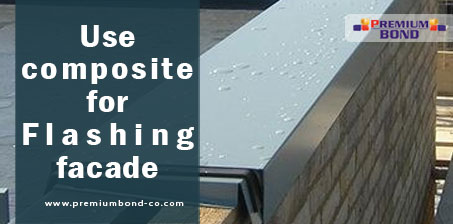
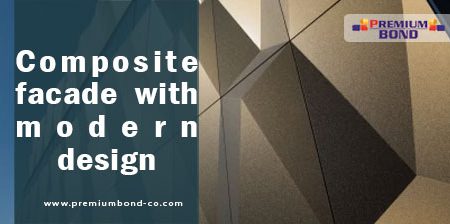
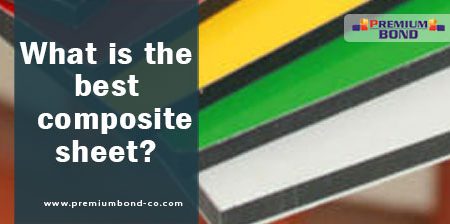
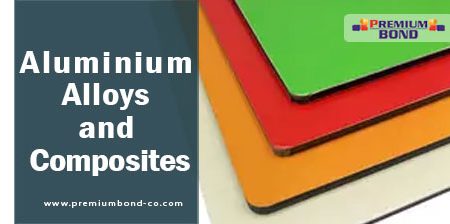
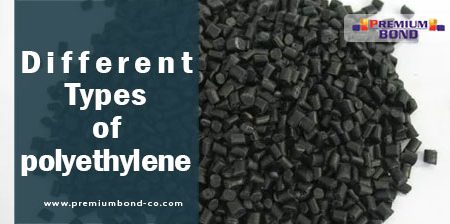
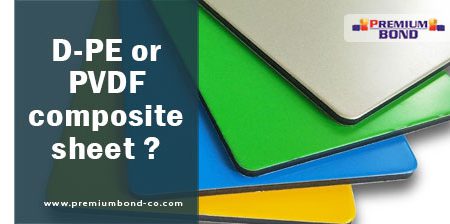
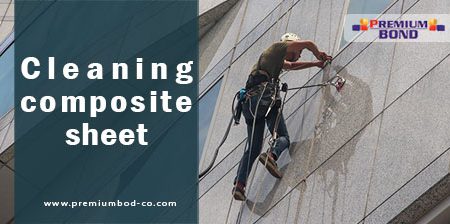
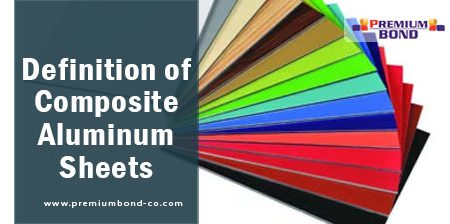
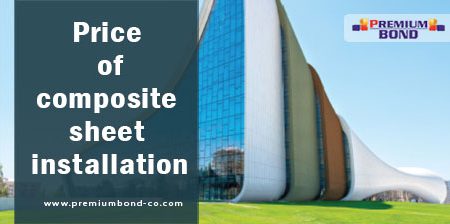
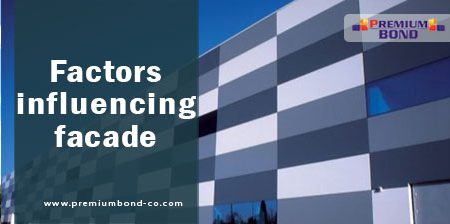
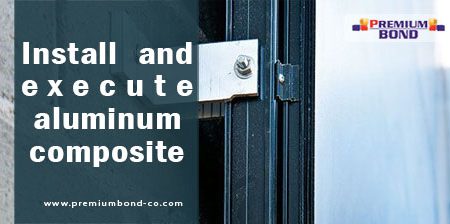
Leave a Reply